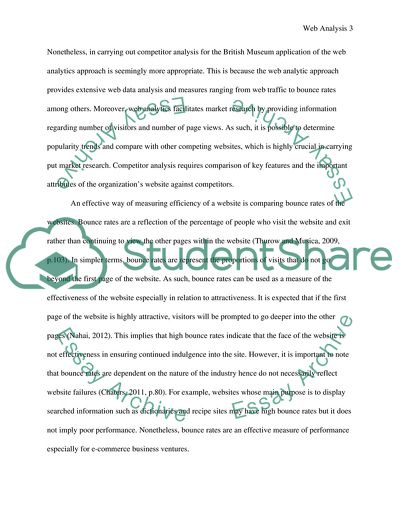Cite this document
(Not Found (#404) - StudentShare, n.d.)
Not Found (#404) - StudentShare. https://studentshare.org/e-commerce/1860948-web-analysis
Not Found (#404) - StudentShare. https://studentshare.org/e-commerce/1860948-web-analysis
(Not Found (#404) - StudentShare)
Not Found (#404) - StudentShare. https://studentshare.org/e-commerce/1860948-web-analysis.
Not Found (#404) - StudentShare. https://studentshare.org/e-commerce/1860948-web-analysis.
“Not Found (#404) - StudentShare”. https://studentshare.org/e-commerce/1860948-web-analysis.


